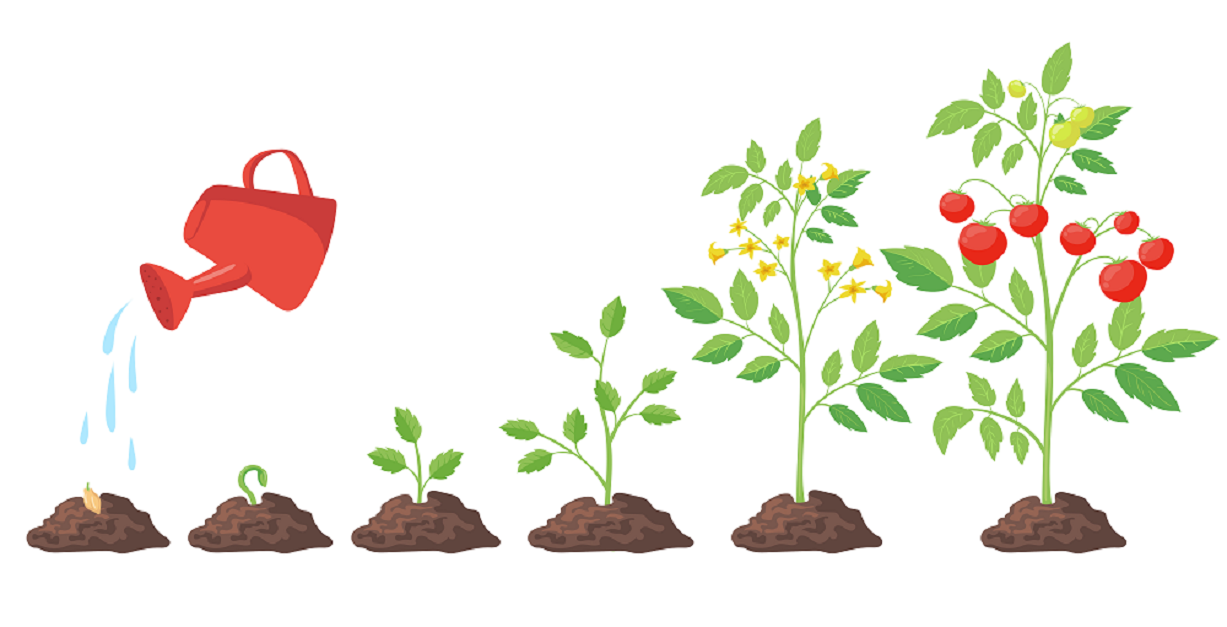Cultivating Success: Building AI Models with a Tomato Farmer's Mindset
Have you ever thought about growing tomatoes and how it’s a lot like building an AI model? Strange comparison, right? Well, bear with me, and let’s explore how the mindset of a tomato farmer can teach us about crafting successful AI models.

1. Start with the Right Seeds (Algorithm Choice):
Just like a tomato farmer chooses the best seeds for a good harvest, AI builders need to pick the right algorithms. Different tasks require different algorithms – it’s like choosing the right tomato variety for your garden.
2. Nurture the Soil (Quality Data):
Tomatoes need good soil to grow, and AI models need quality data. Feed your model the right data, just like you provide nutrients to your tomato plants. Healthy data leads to healthy predictions.
3. Avoid Overwatering or Underwatering (Optimization):
Too much water or too little can harm your tomatoes. Similarly, avoid overfitting or underfitting your model – find the right balance for optimal performance without drowning it in unnecessary complexity.
4. Adapt to Changing Weather (Environmental Adaptability):
Tomato farmers adjust their methods based on weather changes. AI models need to adapt too – consider real-world variations and tweak your model to perform well under different conditions.
5. Consider the Growing Conditions (Data Features):
Just as tomatoes need the right climate, soil, and sunlight, AI models must consider relevant data features. Think about what factors really matter for your model to thrive.
6. Prune Regularly (Feature Selection):
A farmer prunes to keep tomato plants in shape. Similarly, regularly review and refine your model by selecting the most relevant features. Trim away the unnecessary to promote efficient growth.
7. Ensure Optimal Conditions (Computational Power):
Tomatoes need the right environment to flourish. AI models, too, require sufficient computational power. Ensure your hardware provides the optimal conditions for your model to thrive.
8. Monitor Progress (Feedback Loop):
Just as farmers check their plants regularly, set up a feedback loop for your AI model. Continuous monitoring helps you catch issues early and make necessary adjustments.
9. Grow Ethically and Sustainably (Ethical Considerations):
Consider the impact of your AI model, just as a farmer thinks about sustainable farming. Ensure your model adheres to ethical standards and contributes positively to the community.
10. Embrace Human Expertise (Domain Knowledge):
Tomato farmers know their crops best. Similarly, collaborate with experts in the field relevant to your AI model. Human expertise is invaluable for success.
11. Follow the Rules (Regulatory Compliance):
Farmers follow agricultural regulations. Similarly, adhere to ethical and legal standards in AI development. Build your model responsibly and in compliance with guidelines.
In conclusion, building a successful AI model is a bit like cultivating tomatoes – it requires the right choices, nurturing, adaptation, and a keen eye for progress. So, next time you embark on an AI journey, channel your inner tomato farmer and watch your models flourish! Happy cultivating! 🍅🌱
